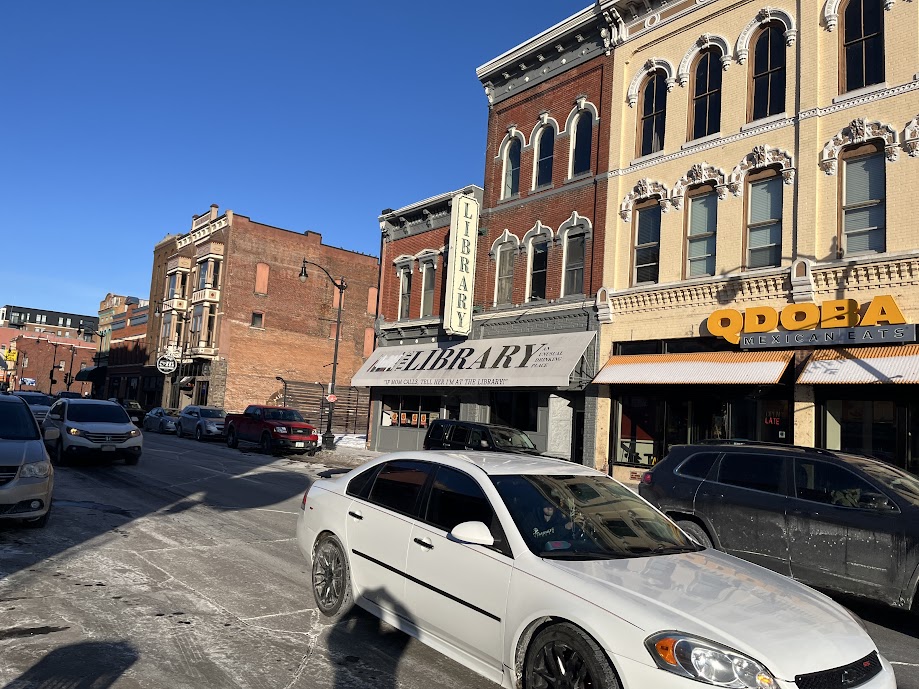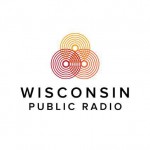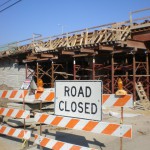State Lawmakers Kept Promise, Gave More to Local Governments
League of WI municipalities leader cheers this but says more reforms needed.

A street in downtown La Crosse in 2025. The city is slated to get more than $13 million in shared revenue from Wisconsin this year. Last year, it received $12.8 million. Joe Tarr/WPR
The way Jerry Deschane sees it, the Wisconsin government has kept its promise to the state’s municipalities.
Back in 2023, the Legislature and the governor passed Act 12, vowing to increase the tax revenue the state shares with local governments. With the recently approved 2025-27 budget, lawmakers kept their word, said Deschane, executive director of the League of Wisconsin Municipalities.
“The state lived up to its commitment,” Deschane told WPR’s “Wisconsin Today.”
Deschane explained that the share of sales and income taxes that went to local governments had been declining for decades — a trend that Act 12 promised to reverse by, among other things, setting aside a penny of every dollar of sales taxes for local governments. In the 2025-27 budget that was recently approved, local governments will get a collective $1.4 billion in 2025 — up from $939 million last year.
“This year was the first big test. Were we going to be able to sustain that commitment?” Deschane said. “And I’m happy to say that yes, the Legislature and the governor … absolutely stood up to their word and kept the full penny for local government operations. Specifically, shared revenue went up 2.3 percent this year. It’ll go up 3.4 percent next year. As the penny grows, as the economy grows, the partnership with local government grows. So I’m very happy at this stage of the game. We’ve reversed about 20 years of history.”
Deschane explained to “Wisconsin Today” how local governments are funded, why shared revenue matters to property taxpayers and what funding reforms could help local governments.
The following interview has been edited for brevity and clarity.
Kate Archer Kent: Can you explain some of the different types of aid that fall under this heading of shared revenue?
Jerry Deschane: Well, there are two that fall under the shared revenue banner. The first is shared revenue. It’s also (called) county and municipal aid. Then, there is what’s called county and municipal supplemental aid.
Without getting too deep into the weeds, what (the Legislature) did was they set up a different formula. The old formula tended to favor older central cities. The new formula is kinder to small communities. Rather than throw out the old formula and come up with a new one, they have two separate pots, two different formulas. One favors one sort of city, the other favors another sort of city — villages and towns. It’s not a perfect system, but it works.
KAK: Are municipalities restricted on how they can use the money the state gives them?
JD: The supplemental, yes. The main portion, which is shared revenue, no. The supplemental aid, they have to prioritize the critical services, the first responder services, but also public works and roads. In reality, those are the biggest parts of local budgets anyway.
And then the last thing that I would be remiss if I didn’t point out is that even though shared revenue is huge, it’s not a majority of local funding. Local funding still comes from, for the most part, local property taxes. It’s hard to put an average on it, but roughly 85 percent of local budgets are funded by property taxes, not shared revenue.
KAK: Is shared revenue growing on pace with property taxes?
JD: It’s (now) growing faster than property taxes. Property taxes in Wisconsin are limited by what are called levy limits. Levy limits for municipalities are strictly tied to the amount of new construction that takes place in the city or village over the course of a year.
If I’m the mayor, I can’t increase spending beyond the percentage increase caused by new construction. That number seldom comes to more than about a third of inflation. So property taxes have actually been losing ground to inflation while shared revenue, since it’s tied to the sales tax, which grows with the economy, has been doing a better job recently keeping up with inflation.
KAK: How does the shared revenue affect property taxes for homeowners?
JD: It depends on the community. For the city of Middleton, let’s pull that as an example, shared revenue is only 1 percent of its budget. So shared revenue matters, but it’s not going to make property taxpayers live, die, cheer or groan.
But then you go down to Beloit, shared revenue is 49 percent. It’s almost half of its budget, and this has to do with the old formula that was in place. So what happens to shared revenue in Beloit, its budget either sinks or swims depending on what happens to shared revenue in all cases. The challenge for the future is we have to do something about levy limits or we have to think about diversifying local revenue sources so that local governments can get fully plugged into the economy that they helped to create.
KAK: Are there particular funding formula changes that the league advocates for?JD: We don’t advocate for specific funding formula change. The league is an advocate for diversifying local revenue sources. Wisconsin is an outlier in that local governments really only have the property tax — it’s a one-size-fits-all scheme that, quite frankly, property owners don’t like, businesses don’t like and local governments don’t like. We think there’s room to talk about mixing up the revenue sources. What that mix would be, we’re wide open to a good conversation on that.
Wisconsin lawmakers kept promise to give more to local governments, advocate says was originally published by Wisconsin Public Radio.
If you think stories like this are important, become a member of Urban Milwaukee and help support real, independent journalism. Plus you get some cool added benefits.






















Good read. Now I understand. Thanks.